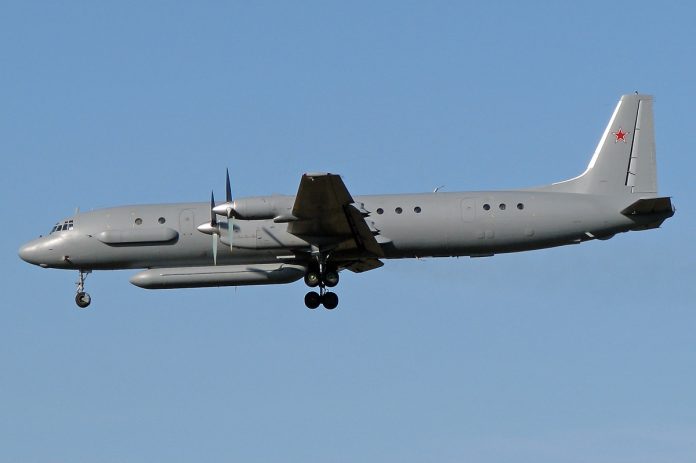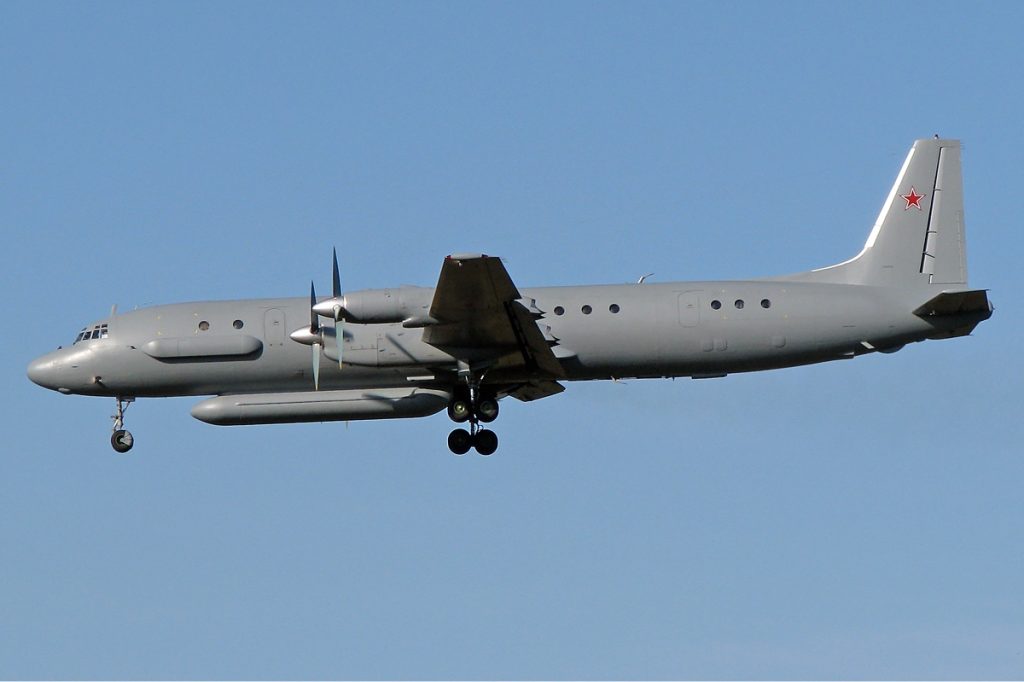
Flying without a transponder near NATO borders is a signal, not an accident. Last week, Poland’s Air Force reportedly intercepted two Russian Ilyushin Il-20M reconnaissance aircraft over the Baltic Sea as part of a near-constant cat-and-mouse dynamic between Moscow and the alliance. No Polish airspace was violated, but the incidents have underlined the determination of Russia to press ahead with intelligence-gathering operations and the alliance’s readiness to respond.
These are not isolated incidents but part of a larger pattern of Russian aerial and drone provocations along NATO’s eastern flank. Testing reaction times, mapping vulnerabilities-the Kremlin has probed defenses from the Baltic to the Black Sea. For this shadow war, the Il-20M remains a very potent tool: the upgraded Cold War-era spy plane fitted with state-of-the-art sensors. Here are nine key insights into the aircraft, the incidents, and the strategic context shaping NATO’s response.

1. Il-20M Within the Framework of the Russian Intelligence Operations
The Il-20M, also known as the Coot-A in NATO terminology, is a dedicated signals and electronic intelligence platform derived from the Il-18D airliner. It carries Igla-1 side-looking airborne radar, panoramic cameras, infrared sensors, and systems like Vischnya and Romb for intercepting communications and radar emissions. Its mission profile includes orbiting near contested zones, scanning hundreds of kilometers deep, and relaying real-time intelligence to command centers.
From the Soviet-Afghan War down to Syria, this aircraft has participated in several theaters of operation where it helped pinpoint targets for cruise missile strikes. The capability to detect military movements, radar sites, and encrypted communications without crossing borders makes it an asset in strategic reconnaissance.
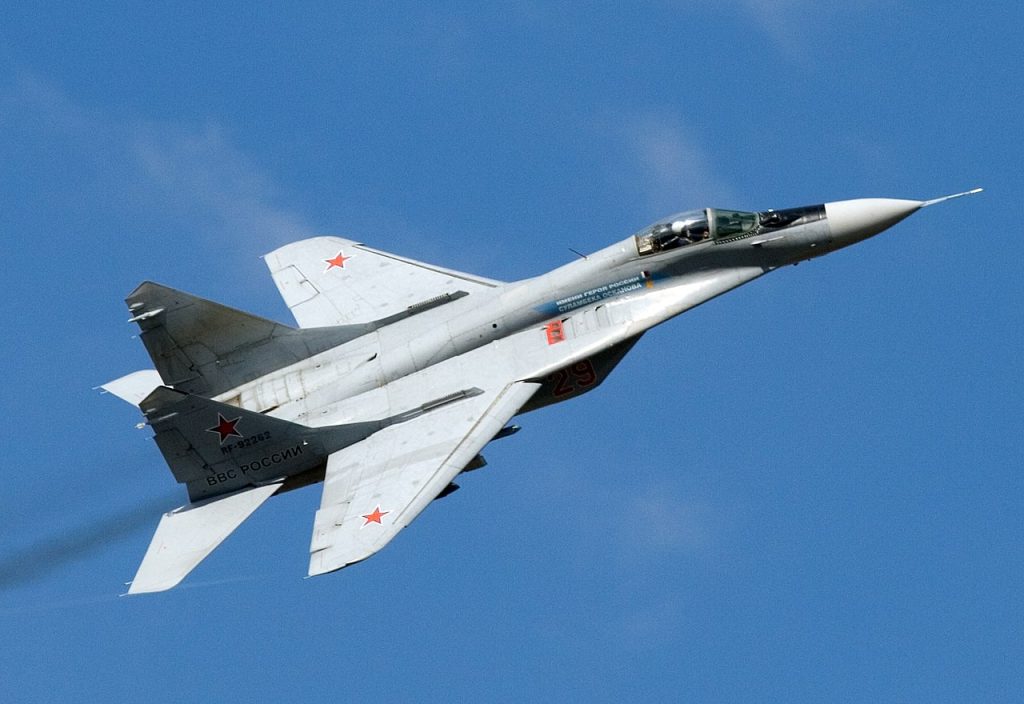
2. The Polish Interceptions
On 28 and 31 October, Polish MiG-29 fighters intercepted Il-20Ms flying in international airspace over the Baltic Sea. In neither case had the aircraft filed a flight plan, and its transponder was switched off. Poland’s Operational Command confirmed that both times the planes were escorted away without incident.
Besides being unsafe for any other air traffic, the lack of a transponder conceals the aircraft’s civilian identity and is therefore raising suspicion of covert activities. According to NATO’s Allied Air Command: “The ability to detect, intercept, and monitor potential threats is crucial to ensure security and stability in the Baltic region.”
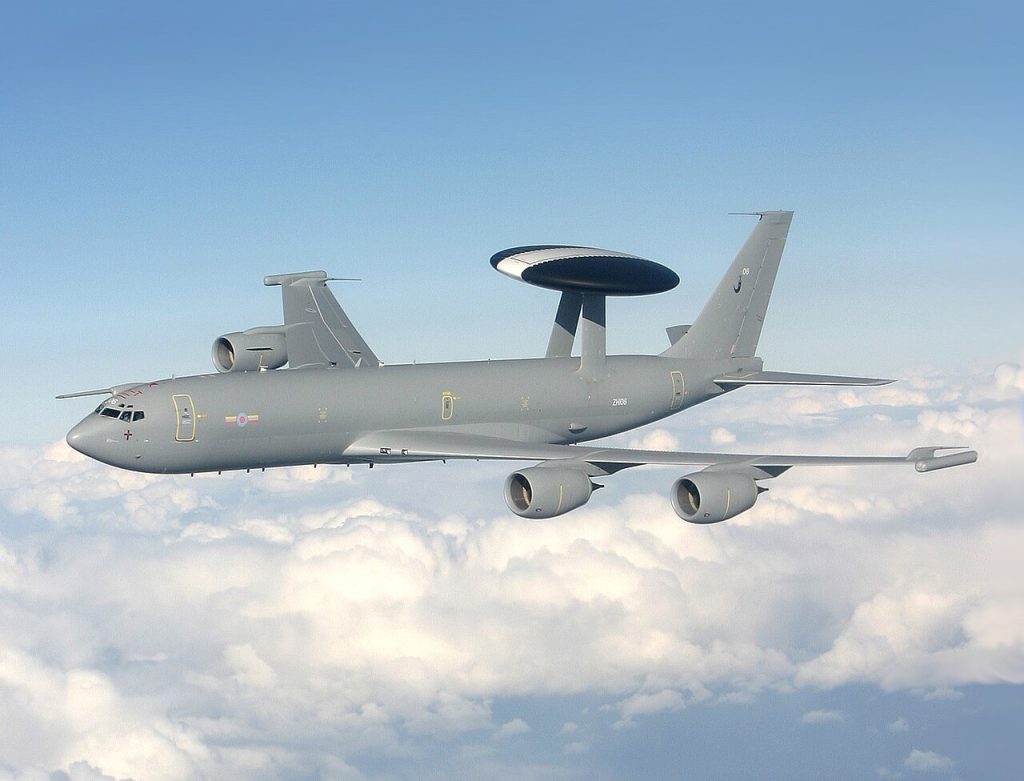
3. Broader Airspace Challenges in NATO
Incidents with the Il-20M follow a spate of provocations, including the crossing of Russian drones into Poland, fighter jet violations in Estonia, and disruptions at Danish and Norwegian airports that have prompted Article 4 consultations and strengthened NATO’s Eastern Sentry mission.
Eastern Sentry involves continuous fighter patrols and AWACS surveillance, along with increased radar coverage on the eastern flank. Indeed, it is designed both to deter incursions and to reassure front-line states, but the tempo of the Russian activity tests the sustainability of such operations.

4. The Strategic Position of Kaliningrad
Many flights by Russian carriers in the region originate from Kaliningrad – the heavily militarized exclave wedged between Poland and Lithuania. Aircraft flying to and from Kaliningrad often skirt NATO airspace without transponders or flight plans – a practice NATO views as unsafe and provocative. Due to its geography, Kaliningrad provides the means for Russia to project power into the Baltic and to monitor NATO activities; it also hosts advanced missile systems and reconnaissance assets, making it a focal point for intelligence missions like those flown by the Il-20M.
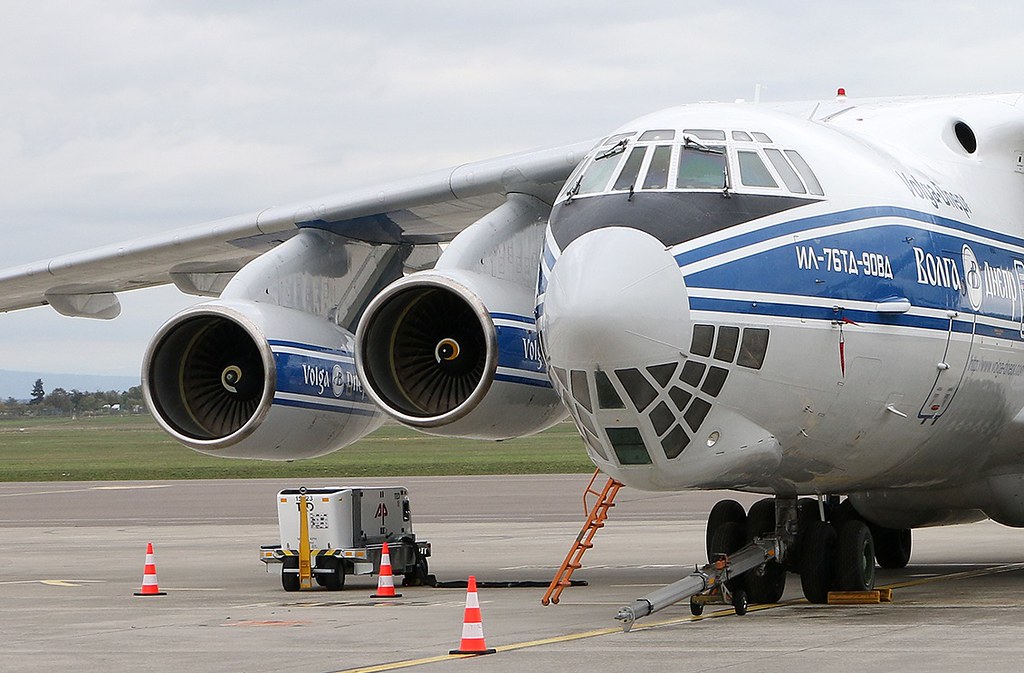
5. The Safety Risks of ‘Dark’ Flights
Flying in congested airspace without an operating transponder is dangerous to civilian aircraft; in particular, where major commercial routes interconnect Western Europe and Scandinavia, as in the Baltic region. This could force the civil aviation authorities to clear the airspace quickly if there is an interception, which in return leads to reroutes and fuel penalties for airlines. NATO officials have warned that such unsafe practices increase the risk of accidental escalation.

6. Russia’s Strategic Motives
Various reasons have been cited for such flights by analysts: testing the times of detection and response of NATO, intelligence gathering regarding radar coverage, and resolving. “They are also testing us as an alliance to see how far they can go,” said Vice Adm. Krzysztof Jaworski of Poland’s Naval Operations Centre. They are part of a broader portfolio of hybrid warfare from Moscow, which includes GPS jamming, cyberattacks, and maritime disruptions-all designed to normalise low-level provocations and erode public confidence in the protective capabilities of NATO.

7. NATO’s Cost-Effectiveness
Dilemma: Clearly, the use of advanced fighter jets with expensive missiles to intercept low-cost reconnaissance or drone platforms introduces a problem of sustainability. Thus, various strategic analyses have commented that the situation could strain inventories if NATO is made to expend costly interceptors against drones or unmanned spy planes that are worth just €10,000 each. This has generated heated debate over layered defenses-featuring electronic jamming, counter-drone rifles, and directed-energy weapons-to supplement traditional air policing.

8. Lessons Learnt from Past Incidents
This is not a theoretical risk: In November 2015, Turkey shot down a Russian Su-24 after a brief airspace violation, prompting a diplomatic crisis. Missions for the Il-20M are calibrated to avoid such flashpoints, keeping the aircraft just outside sovereign airspace while still gathering intelligence. But close encounters-particularly if combined with miscommunication-could give rise to just such crises. NATO’s task is to be vigilant but not to provoke unintended conflict.
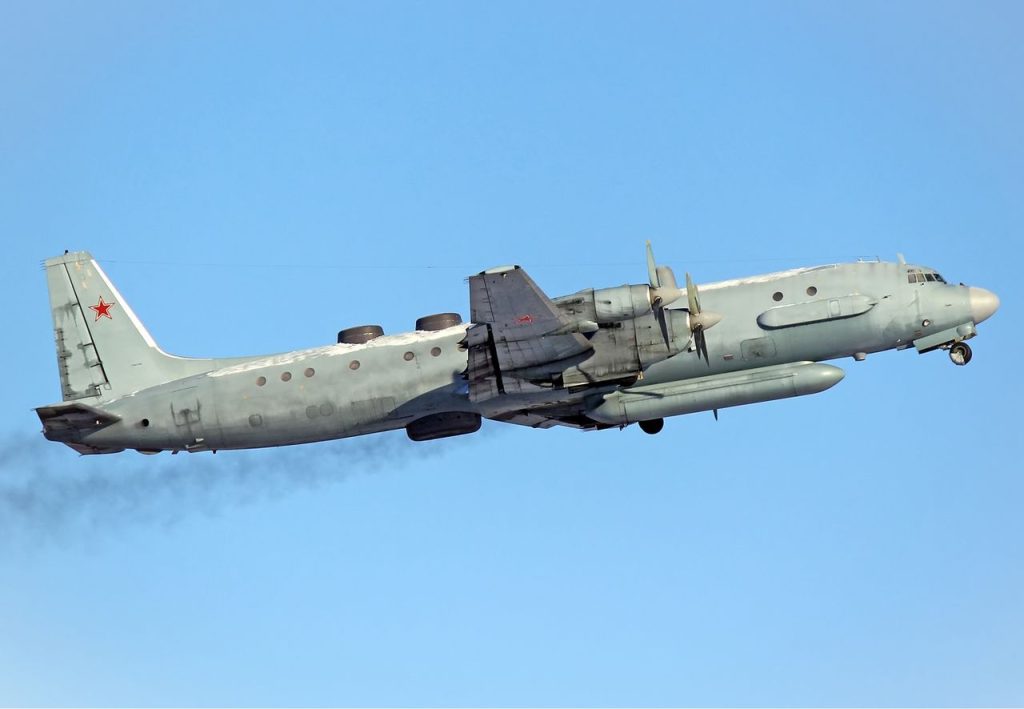
9. The Political Signal
These interceptions are symbolic. They show how NATO is ready and prepared on short notice, with Poland able to respond immediately. “Russia continues to test NATO’s readiness and responses. this latest spy plane flyby highlights a larger problem: Putin is determined to probe and challenge. at every opportunity,” says Peter Doran with the Foundation for Defense of Democracies. The incidents also come against a shifting U.S. rhetoric, where President Trump moved from caution to endorsing stronger action against violations. This evolving political backdrop may affect not only NATO’s posture but also the future tactics of Russia.
The two interceptions of the Il-20M are more than isolated aviation events; they are snapshots of a persistent strategic contest. Russia’s reconnaissance flights, conducted just short of formal violations, exploit the thin line between routine monitoring and provocation. For NATO, the task is to respond decisively yet proportionately, safeguarding both airspace integrity and strategic stability. These encounters will remain a litmus test of readiness and resolve in the continuing tensions in the Baltic.
